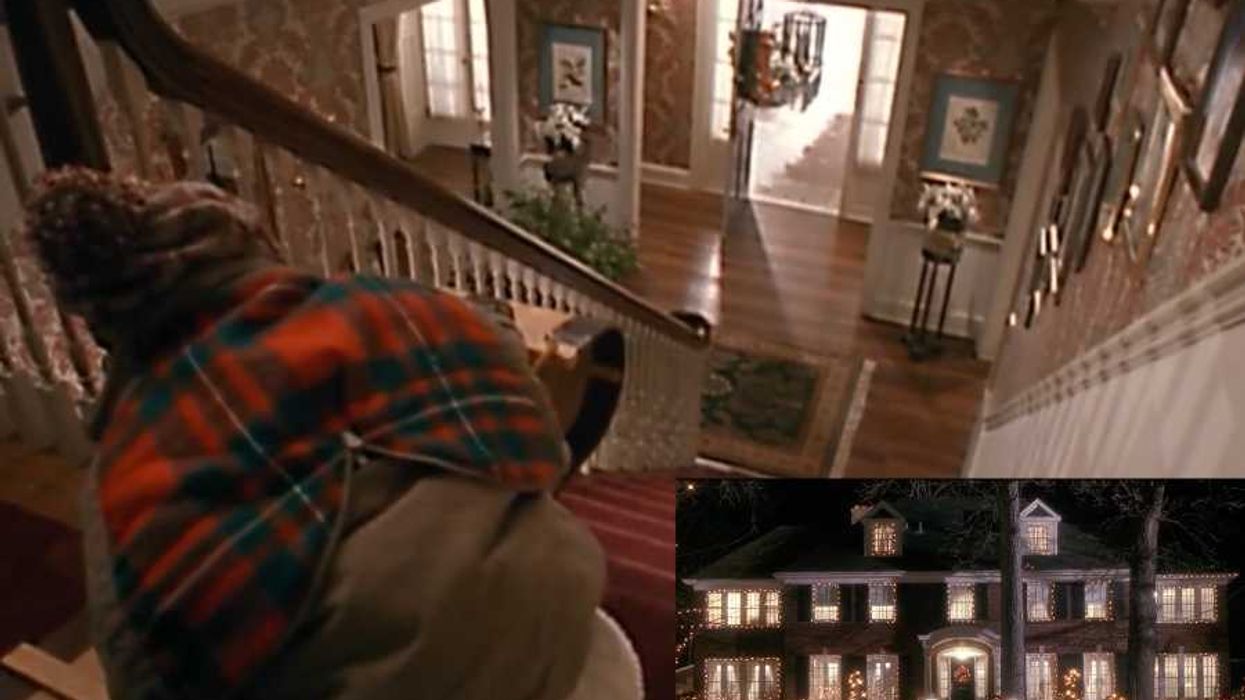Last winter, an attack on Wisconsin unions’ collective bargaining rights sparked the country’s biggest effort to oust state senators, putting nine elected officials on the chopping block. Now six months, millions of dollars, and 60,000 votes later, we know only two GOP senators were kicked to the curb, which wasn’t enough for the Democrats to overtake the Wisconsin Senate. This leaves many of us pretty confused: Do the Democrats' two successful recalls mean anything? And is this movement really as big of a deal as the media have hyped it up to be?
“This particular effort is unprecedented,” says David Canon, professor of political science at University of Wisconsin-Madison. “The $30 to 35 million spent on this recall election is 10 times what it usually is. There’s never in our history been this many senators up for recall from one state. All that alone indicates that this was an incredibly important set of elections.”
Only 18 states grant voters the right to recall an elected state official, with Illinois allowing it for governors only. Recalls aren’t allowed for people who hold federal office. At the state level, the process dates back to the turn-of-the-century Progressive Era, but since 1911, the United States has seen only a few dozen recall efforts, of which just 22 have been successful. Even efforts that make the national news, like the recall election in 2003 that sent California Governor Gray Davis packing, usually don’t end up costing more than a few million dollars.
But did the $35 million spent on the Wisconsin recall effort actually do anything? Many observers are convinced that this was as important symbolically as it was tactically. Canon says that apart from its huge scope, this recall effort is unique in one major way: “It was a reaction to policy change and a perception that one party was going too far, while past recall efforts have tended to be based on a politician’s malfeasance or incompetence.” It’s also narrowed the gap between the two sides in the Senate. The balance is now 17 GOP senators and 16 Democrats, meaning Wisconsin will only need one moderate Republican, like Rep. Dale Schultz, to vote with the Democrats.
It’s safe to say that recall elections won’t become the norm any time soon. The bar is pretty high to set a recall in motion; 25 percent of voters in a district have to sign a petition. Still, it may be used to voice dissatisfaction not only with an individual, but of a collective agenda—a tactic that could make the difference when Wisconsin Gov. Scott Walker is up for recall next year.
“[For a recall to happen], there always needs to be a widespread perception that something extreme has taken place,” Canon says. “But the fact that these nine elections were in reaction to policy—that is what’s truly exceptional.”
















 Otis knew before they did.
Otis knew before they did.